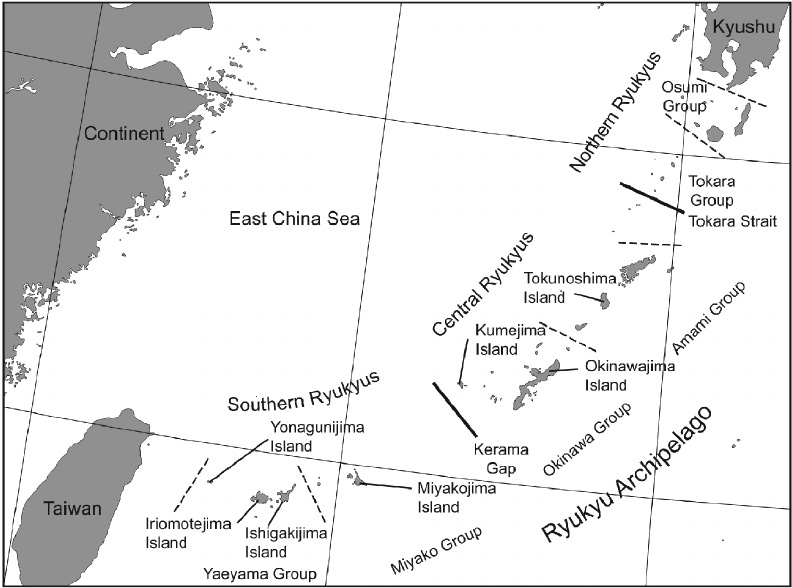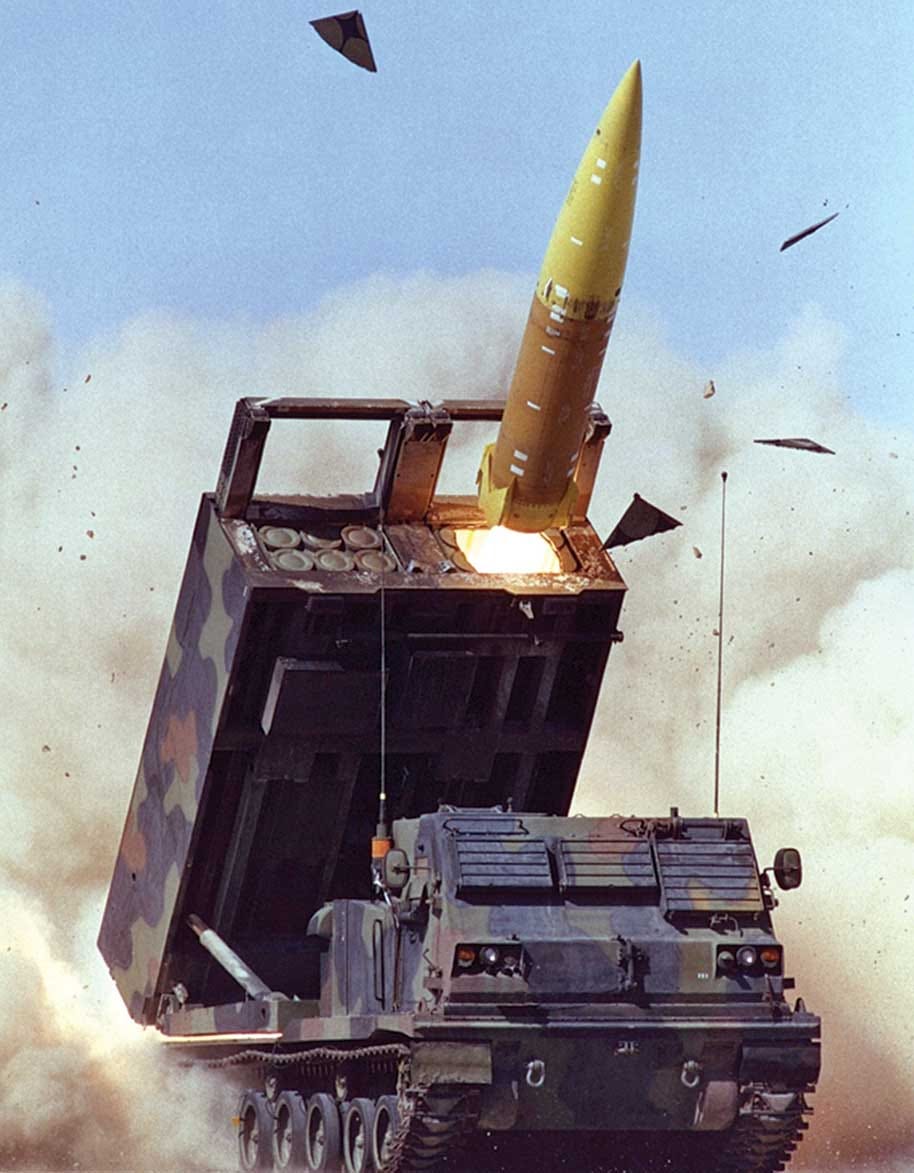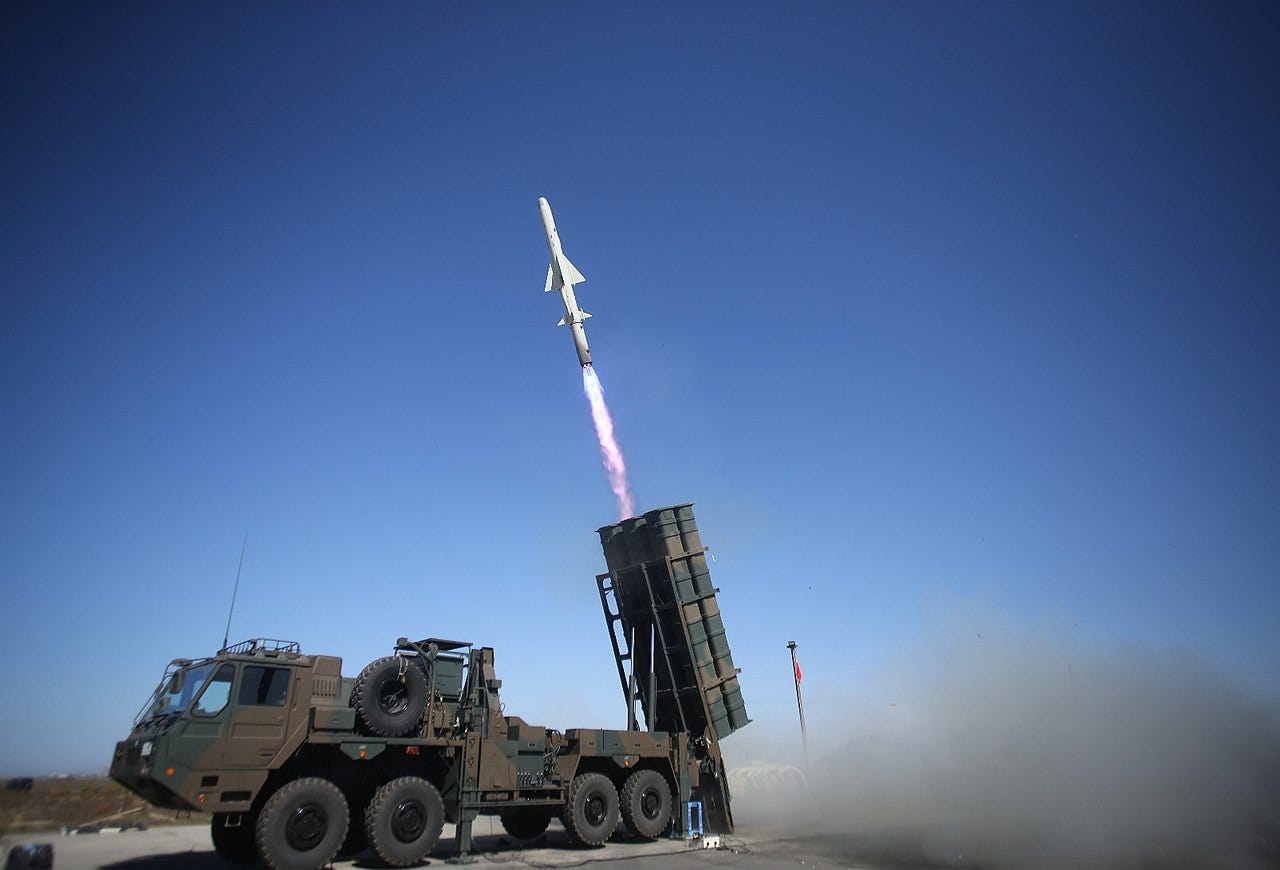

Discover more from Weapons and Strategy
Yonaguni is a small island, part of the Ryukyus island chain, that is close to Taiwan. In our book Stopping a Taiwan Invasion we suggested putting HIMARS on Yonaguni. It seems the Biden administration, despite support from the Marines, is opposing HIMARS for Yonaguni. That has left the Marines out of the picture for the moment. Japan, however, wants to stay in the game and is increasingly worried that China will not only attack Taiwan, but will also try and take over the thinly defended Ryukyus islands. This would give China an important strategic advantage, controlling not only vital sea lines of communications, but confronting US Air Force and Marine operations on Okinawa.
HIMARS is a highly accurate multiple launch missile system based on wheeled vehicles, so it can shoot and scoot. It has proven effective and lethal in the Ukraine war. The Russians have had major problems trying to counter HIMARS and, despite their claims, it seems they have succeeded in hitting few, if any, of the deployed HINMARS launchers.
HIMARS can also hit moving targets including ships at sea, meaning that HIMARS could play an important role in destroying Chinese forces invading Taiwan. For China to be successful it has to launch a massive amphibious assault. While HIMARS can’t do it alone —Taiwan will deploy its air force and shore based defenses (and has also ordered HIMARS although none have yet been delivered)— it can create major problems for a Chinese-launched invasion.
Japan does not have HIMARS. It does have a tracked multiple launched rocket system, but Japan’s system would need to be upgraded to handle HIMARS rockets, especially the all-important long range HIMARS rocket known as ATACMS (MGM-140). The immediate problem is that ATACMS is out of production and existing ATACMS are undergoing a life extension program.
ATACMS has a range of 190 miles. Yonaguni is only 67 miles from Taiwan and the range of ATACMS is ideal for knocking out a Chinese amphibious attack.
The US plans to replace ATACMS with a new long range missile designated as Long Range Precision Fire (PrSM). But PrSM won’t be available until 2023 and will not be fully capable until 2025. This leaves a two-fold gap —a gap in existing stocks as insufficient for a major contingency, and a gap in product replacement.
The Japanese currently intend to put modern air defenses on Yonaguni and also will deploy Type 12 anti-ship missiles. These missiles can be launched from ships or from the ground. They have significant range (that can be extended to 185 miles). While liquid fueled they are cannister launched, making rapid response possible. The Type 12 is not as good as HIMARS ATACMS, but it puts a capability on Yonaguni that is badly needed.
It isn’t clear why the Biden administration decided against the recommendation of the Marines to put HIMARS units on Yonaguni. There is a growing suspicion that Biden is trying to go soft on China and is also delaying the delivery of essential war material to Taiwan. While the administration announces new arms sales for Taiwan, the latest this week, it then “discovers” there are unanticipated delays. Even the new F-16s for Taiwan are delayed and no one knows if, and when, they will be delivered to the island.
Meanwhile, Japan has picked up the ball as best it can. For the first time Japan is significantly upping its defense expenditures and it is stepping up political contacts with Taiwan, much to the chagrin of China.
In March, 2018 then emperor Heisei (Tsugu) Akihito and Empress Michiko visited Yonaguni for the first time, in order to “wave at" Taiwan. Their joint visit was an important signal to Japan’s government. It has taken four years and a growingly powerful and threatening China to move Japan to take steps to protect itself and its interests and, most of all, not to depend on the United States. Emperor Akihito resigned in April, 2019 because of failing health. Now 89 years old, he ought to be pleased to see that Yonaguni will not only be defended, but it will help Japan strengthen its defenses in this troubled region.
This leaves the Biden administration with a policy that looks like a not-so-silent retreat. This is bad news for Taiwan, for Japan and for regional security.







